
Tomorrow is Launch Day for Boeing’s highly anticipated Crew Flight Test (CFT) of its CST-100 Starliner spacecraft to the International Space Station (ISS), with NASA astronauts Barry “Butch” Wilmore and Suni Williams—both retired Navy captains with a few minutes shy of 500 cumulative days of previous space-time between them—primed to launch atop a United Launch Alliance (ULA) Atlas V booster from storied Space Launch Complex (SLC)-41 at Cape Canaveral Space Force Station, Fla., during an instantaneous “window” that opens and closes at precisely 10:34:14 p.m. EDT Monday. An on-time launch is expected to produce a 26-hour, 17-orbit rendezvous profile, docking at the forward port of the station’s Harmony node at 12:46 a.m. EDT Wednesday for a minimum of eight “docked” days, with a parachute-and-airbag-aided landing on solid ground in the Western United States anticipated no sooner than 17 May.
Teams are currently co-ordinating for a pair of back-to-back launch attempts at 10:34 p.m. EDT Monday and 10:11 p.m. EDT Tuesday, both of which foresee a 95-percent probability of acceptable weather. “A ridge is expected to settle in over North Central Florida by Monday and remain in place for several days,” noted the 45th Weather Squadron at Patrick Space Force Base in its L-1 update, issued early Sunday.
“This ridge should bring southeasterly winds and cause any precipitation and thunderstorm development from the afternoon sea breeze to form well inland of the Spaceport,” it added. “Any convection that does develop should remain west of Interstate 95 and have decayed away by the launch window.”
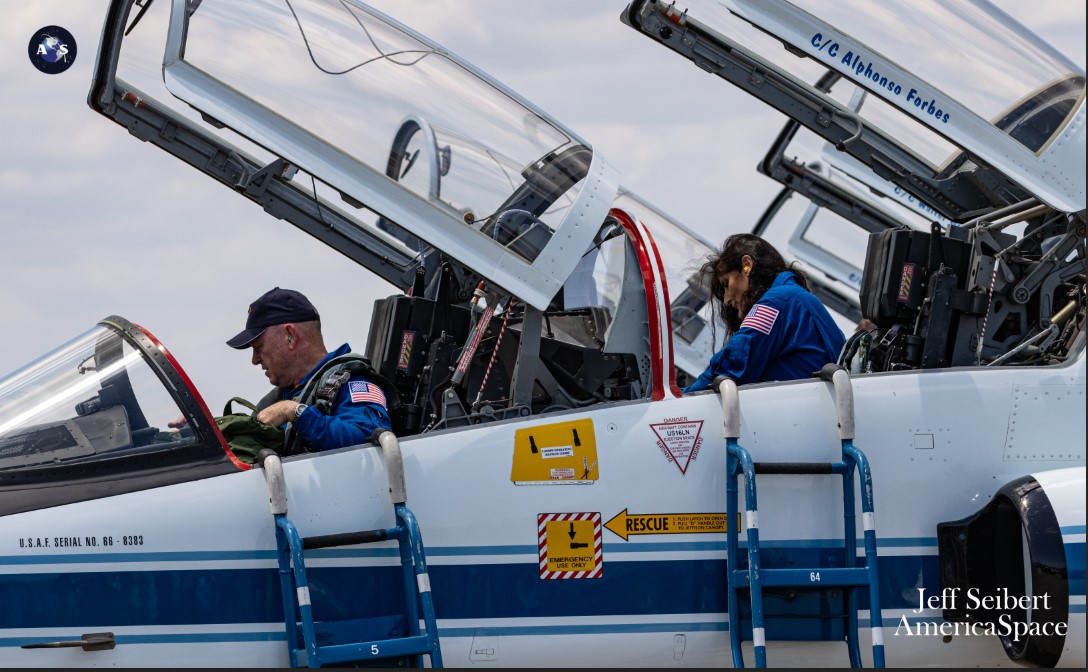
Despite this highly positive picture, there does remain a “quite low” risk of violating the Cumulus Cloud Rule tonight, although Tuesday’s backup opportunity is predicted to boast drier conditions and “no specific weather constraint concerns”. However, the 45th highlights “potential for a bit more unsettled weather as the ridge axis slips further south and the tail of a frontal boundary is likely to be working its way into north Florida around that time”.
Should both launch attempts on Monday and Tuesday nights be missed, teams will stand down for a couple of days and realign for another pair of back-to-back opportunities later in the week: the first at 9 p.m. EDT on Friday 10 May, the second at 8:38 p.m. EDT on Saturday 11 May. Weather outlook data heading towards the end of the week and into the next weekend is not currently available.
ULA completed its Launch Readiness Review (LRR), led by Launch Director Tom Heter III, in the Atlas Spaceflight Operations Center (ASOC) on Friday, during which teams assessed the readiness of the Atlas V, the payload and mission assets and the status of pre-flight processing activities and concluded with a unanimous “Ready” status, before senior leaders signed the Launch Readiness Certificate. Early Saturday, the process to roll the 172-foot-tall (52.4-meter) Atlas V—flying in its unique “N22” configuration with a Common Core Booster (CCB), two Aerojet Rocketdyne-furnished AJ-60 solid-fueled boosters, a Dual-Engine Centaur (DEC) upper stage, the Launch Vehicle Adapter (LVA) “aeroskirt” and the Starliner itself—from the 30-story Vertical Integration Facility (VIF) out to the pad.
That hour-long journey of about a quarter-mile (400 meters) began early Saturday and the giant rocket was declared “hard-down” on SLC-41’s pad piers at 11:36 a.m. EDT. “Mighty Atlas has successfully rolled out to the pad,” tweeted ULA CEO Tory Bruno. “Switching over to pad support systems now.”
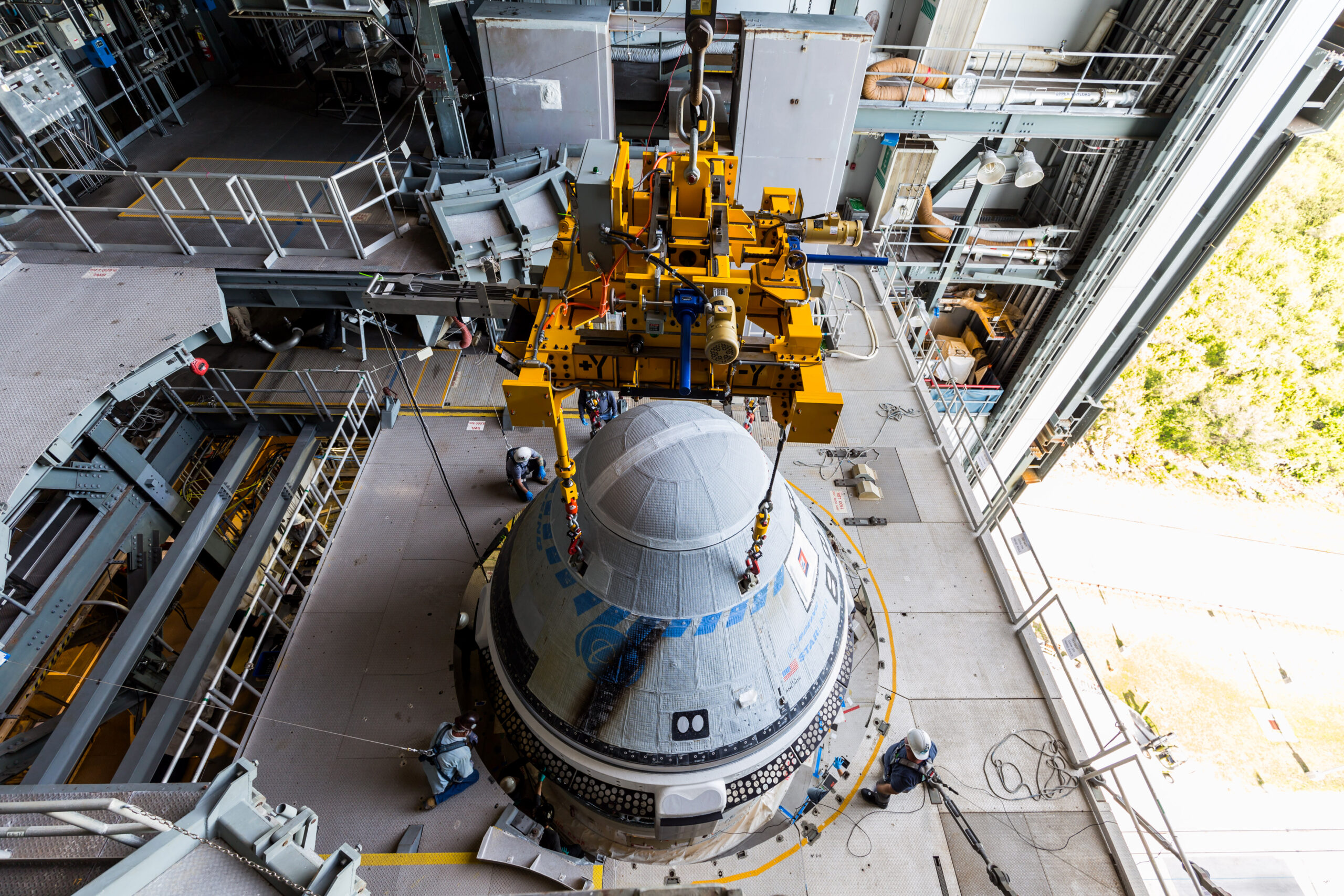
Over the following hours, ULA engineers worked to establish umbilical connections between the Atlas V and pad systems which allowed the portable trailers used during rollout to be disconnected. Also on Saturday, 25,000 gallons (94,000 liters) of “storable” RP-1, a highly refined form of rocket-grade kerosene, were loaded aboard the CCB.
Formal countdown operations will begin about 11 hours prior to tonight’s liftoff. Wilmore and Williams will be awakened around mid-afternoon and handed over to the Boeing team about 4.5 hours to receive a weather briefing and don their customized “Boeing Blue” launch and entry suits.
The duo will ride the all-new “Astrovan”—which boasts cushioned seating and television, allowing Wilmore to watch a couple of action scenes from Top Gun: Maverick—out to the pad about two hours prior to T-0, where closeout personnel will assist them inside Starliner’s crew cabin, close the hatch at T-80 minutes and depart the area at T-50 minutes. Heading deeper into the countdown, Starliner will transition from external to internal power at T-18 minutes and the launch pad’s 48-foot-long (14.6-meter) Crew Access Arm (CAA) will retract away from the vehicle at T-11 minutes.
Passing into the Terminal Count at T-4 minutes, one of the crew’s critical tasks at T-75 seconds—“LAS Arm to Auto”—will see them perform a switch-throw to bring the Launch Abort System online. Liftoff at 10:34:14 p.m. EDT will see the dual nozzles of the CCB’s RD-180 engine and the twin AJ-60s roar to life and power CFT away from Earth under a propulsive yield of 1.6 million pounds (725,000 kilograms).
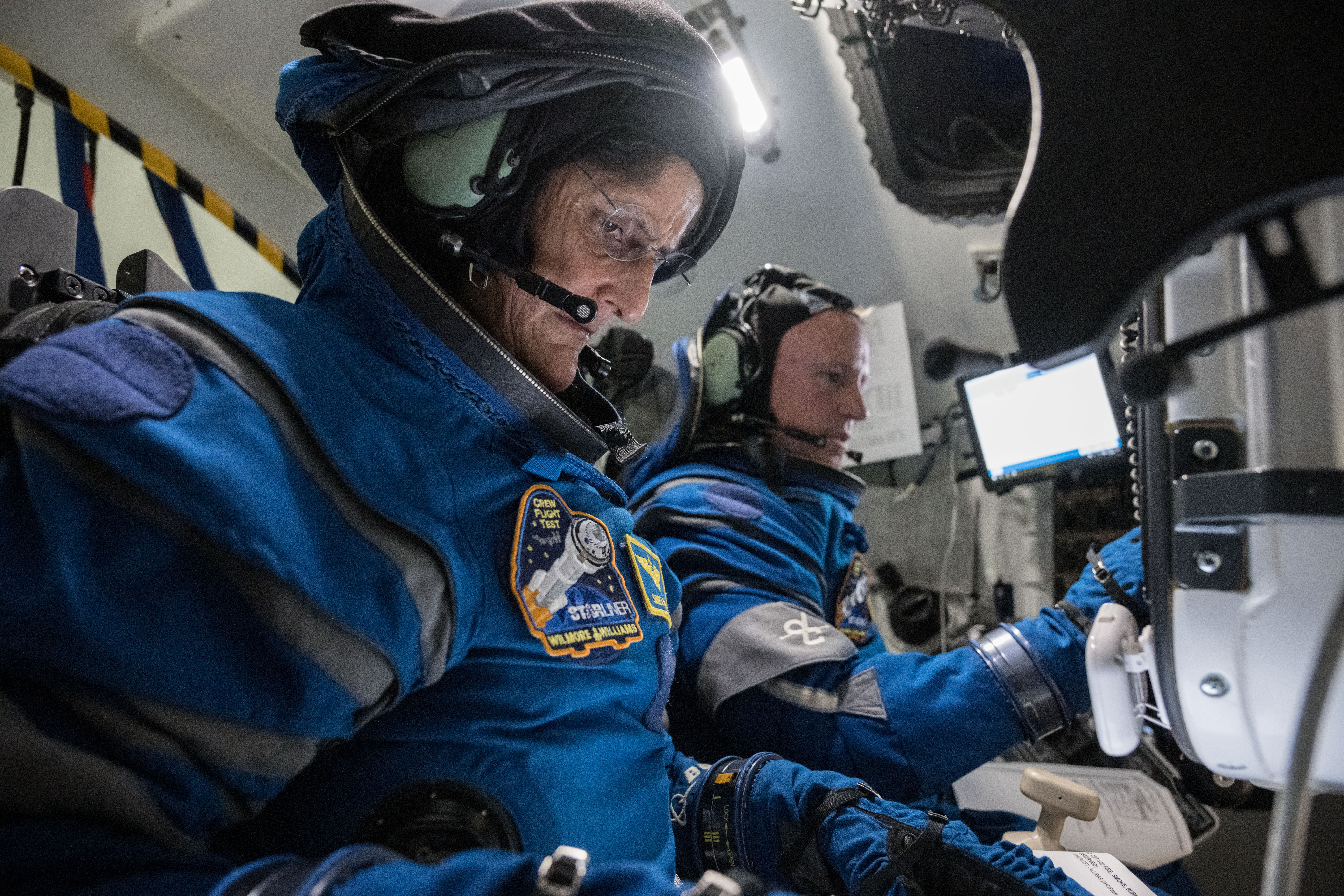
Wilmore and Williams will become the first humans to ride a member of the Atlas rocket family since “Original Seven” Project Mercury astronaut Gordon Cooper’s Faith 7 mission way back in May 1963. Theirs also marks the hundredth outing of an Atlas V, which first flew in August 2002 and launched most recently last October.
Flying in a variety of configurations, with two different-sized payload fairings and none or as many as five strap-on solid-fueled boosters, dependent upon mission requirements, the Mighty Atlas fleet has delivered commercial geostationary communications satellites, classified payloads for the National Reconnaissance Office and the U.S. Space Force, a flotilla of military weather, surveillance and early-warning assets, five X-376B Orbital Test Vehicles (OTVs) and a smorgasbord of exploratory voyages to learn more about the Sun, the Moon, visit distant Pluto for the first time, orbit, land and rove on the ochre-hued plains of Mars, circle giant Jupiter and investigate its Trojan minor bodies and visit and gather microscopic surface specimens from the carbonaceous asteroid Bennu.
Seconds after tonight’s launch, Wilmore will be heard making the “Roll Program” radio call, straight off the pad, as the Atlas V rolls onto the proper heading for injection into low-Earth orbit. The behemoth will pass through peak aerodynamic turbulence (colloquially termed “Max Q”) and exceed the speed of sound at just past a minute into the flight and the twin AJ-60 boosters will be jettisoned at T+140 seconds.
Riding onward under the RD-180, Wilmore and Williams will experience Booster Engine Cutoff (BECO) at 4.5 minutes into the flight. Multiple abort options, ranging from St. John’s, Newfoundland, to Shannon, Ireland, are available to the crew, as well as a notable Abort to Orbit (ATO) profile that enables Starliner—if needed in a serious contingency situation—to burn its engines and limp into a low 120-mile-high (200-kilometer) orbit.
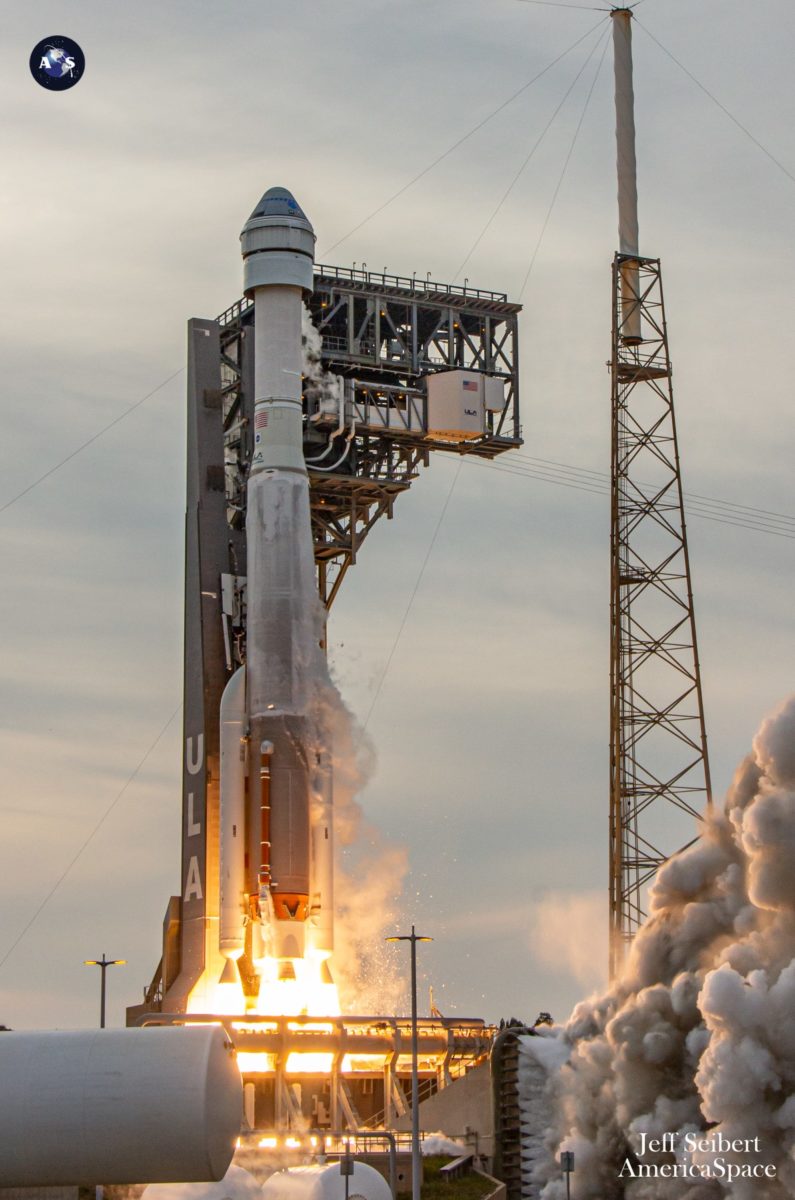
After BECO, the Centaur will ignite its dual RL-10A engines for a lengthy “burn” of seven minutes and 15 seconds to deliver Starliner into orbit. Fourteen minutes and 55 seconds into the mission, the spacecraft—which Williams named “Calypso”, in honor of the former British naval minesweeper made famous as a research vessel by French oceanographer Jacques Cousteau—will separate from the Centaur and enter a preliminary orbit inclined 51.62 degrees to the equator.
The astronauts will follow a 26-hour, 16-orbit rendezvous to reach the ISS, with docking anticipated at the forward port of the Harmony node at 12:46 a.m. EDT Wednesday. During their transit, Wilmore and Williams will be tasked with multiple test objectives, including manually repositioning their spacecraft, manually reacquiring Tracking and Data Relay Satellite System (TDRSS) assets, manually operating Starliner’s thrusters and manually commanding their vehicle in the close vicinity of the station itself.
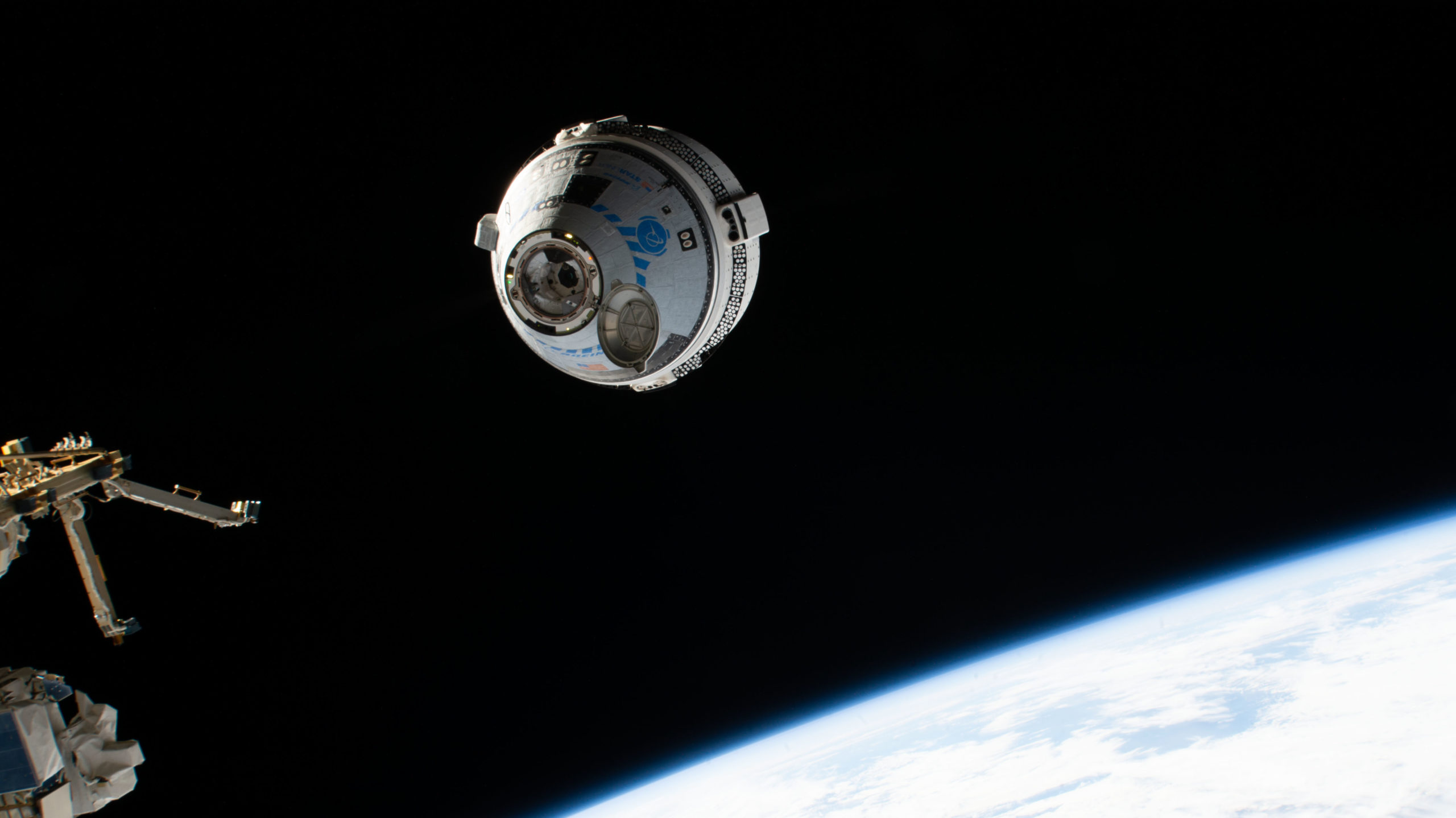
After docking and following pressurization and leak checks, hatches will open and the newcomers will be welcomed by Expedition 71 Commander Oleg Kononenko, his Russian crewmates Nikolai Chub and Aleksandr Grebenkin and NASA astronauts Matt Dominick, Mike Barratt, Jeanette Epps and Tracy Dyson. An initial safety briefing and doffing of their Boeing Blue suits will kick off an ambitious schedule of flight test activities expected to be completed in no fewer than eight docked days.
Several notable activities will occur during that tightly timelined period. Wilmore and Williams will perform a “Safe Haven” period of isolation inside Starliner to demonstrate procedures for an emergency departure, including the powering-up and rapid checkout of spacecraft systems if an imminent undocking becomes necessary.
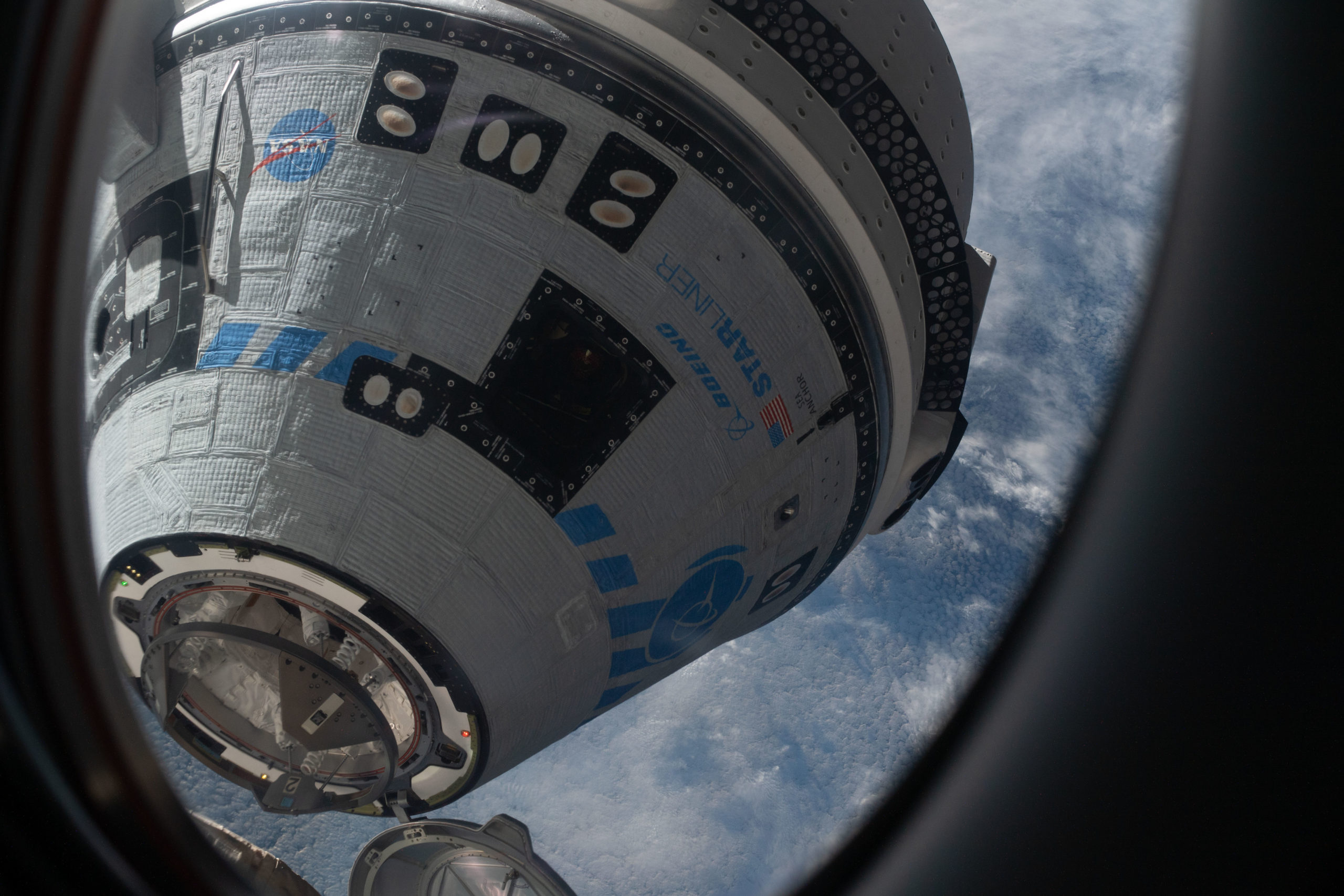
They will also complete pilot-proficiency training in support of future Starliner crews, which are expected to expand to four members on operational, long-duration missions. Since there are only two crew members aboard CFT, they expect to pull over two members of the Expedition 71 team to assist with their evaluations of four-crew operations. “If they’re nice,” Williams joked, “we’ll let them in”, adding that all four U.S. members of Expedition 71 are chomping at the bit to get an insider’s view of the Starliner interior.
Undocking is set to occur no earlier than 17 May, about 6.5 hours prior to landing, a little sooner than it would happen on operational missions in order that Wilmore and Williams can perform additional tests. CFT will perform a minute-long deorbit “burn” over the Pacific Ocean, with four landing zones—two areas at White Sands, plus two others at Willcox Playa, Ariz., and Dugway Proving Grounds, Utah—available to the crew.
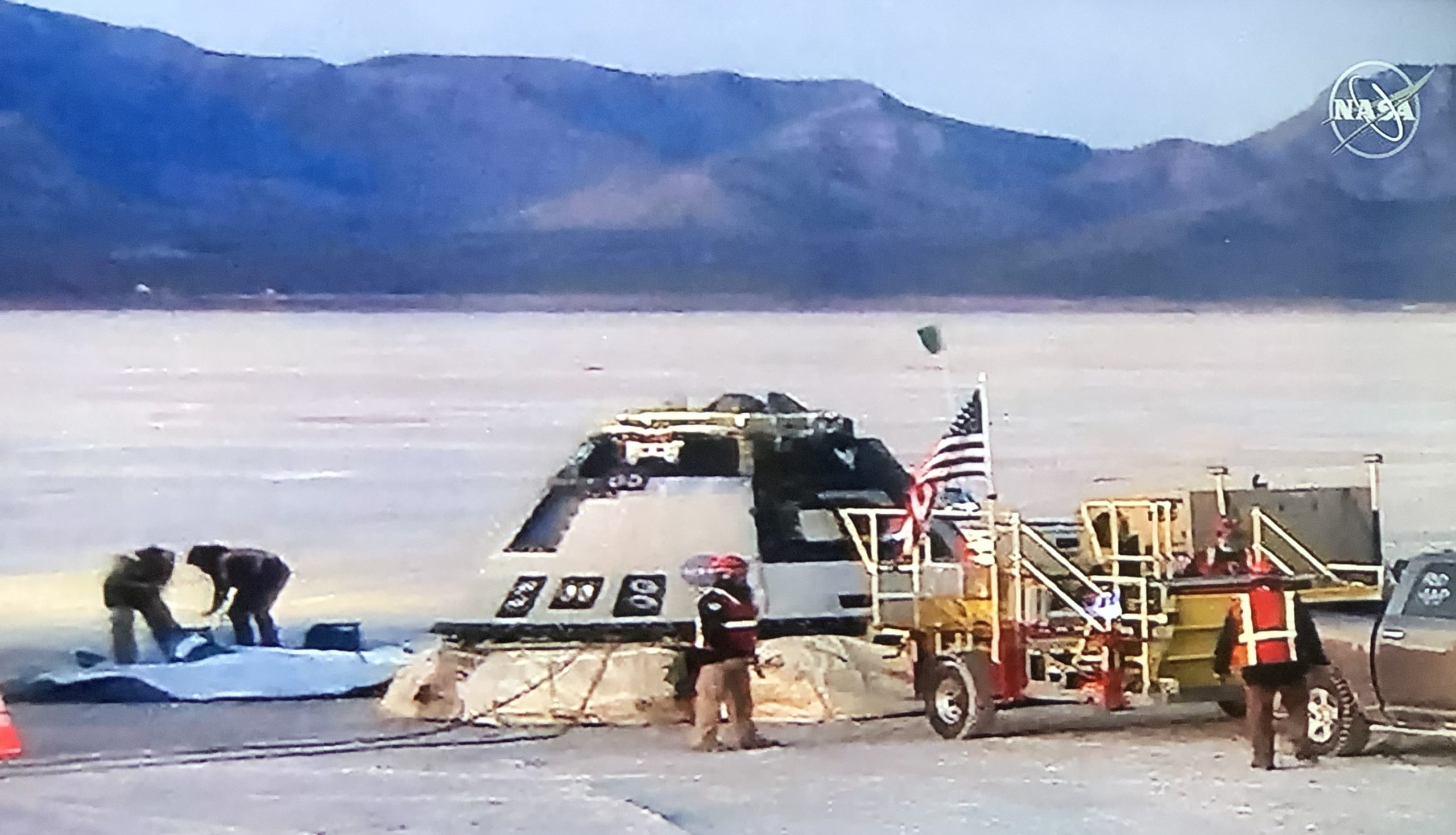
Starliner’s landing sequence will commence at an altitude of 30,000 feet (9,000 meters), with firstly a set of drogue parachutes and later the main canopies “reefed” at 8,000 feet (2,400 meters). Touching down under parachutes and airbags, Wilmore and Williams will be extracted from the spacecraft, helicoptered to a landing field and then flown back to NASA’s Johnson Space Center (JSC) in Houston, Texas.




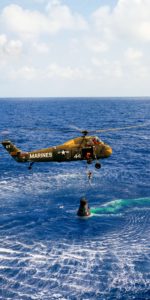

One Comment
Leave a ReplyOne Ping
Pingback:“Almost Lost” Falcon 9 Launches Successfully, Hours Before CFT Starliner Mission - AmericaSpace